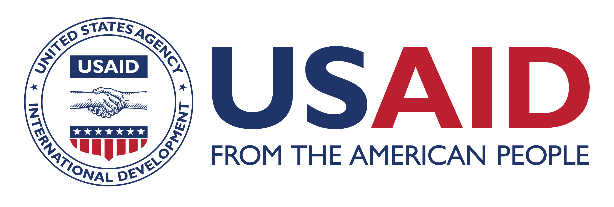
Resource Library
Contamination of drinking water between source and point-of-use in rural households of South Africa and Zimbabwe: implications for monitoring the Millennium Development Goal for water.
Aims: To assess contamination of drinking water in rural Zimbabwe and South Africa Methods: We conducted a cohort study of 254 children aged 12-24 months in rural South Africa and Zimbabwe. In dry and wet seasons, we measured water quality, using the indicator organism E. coli, at improved and unimproved sources, in household storage and drinking cups. We also recorded hygiene and socio-economic factors for each household. Results: For improved sources, samples with E. coli counts less than 10 cfu/100ml were as follows: at source: 165 (88%); in household storage 137 (59%); in drinking cups 91 (49%). The corresponding values for unimproved sources were: source 47 (29%); household storage 32 (19%); drinking cups 21 (18%). This significant deterioration in microbial quality of water from improved sources was seen in both countries and both survey rounds. Conclusion: Although improved sources generally delivered 'safe' water at the point-of-supply, 12% of source samples were contaminated and as such were 'unsafe'. Furthermore, in household storage, more than 40% of samples were 'unsafe'. For monitoring the Millennium Development Goal for water, UNICEF-WHO are assuming an equivalence between 'improved' sources and 'safe' water. Our findings suggest that this equivalence may be unsound.
Resource Type : Other
Country : South Africa, Zimbabwe
Year : 2006-09-29T12:15:00
Language : English
Project : SHOPS


